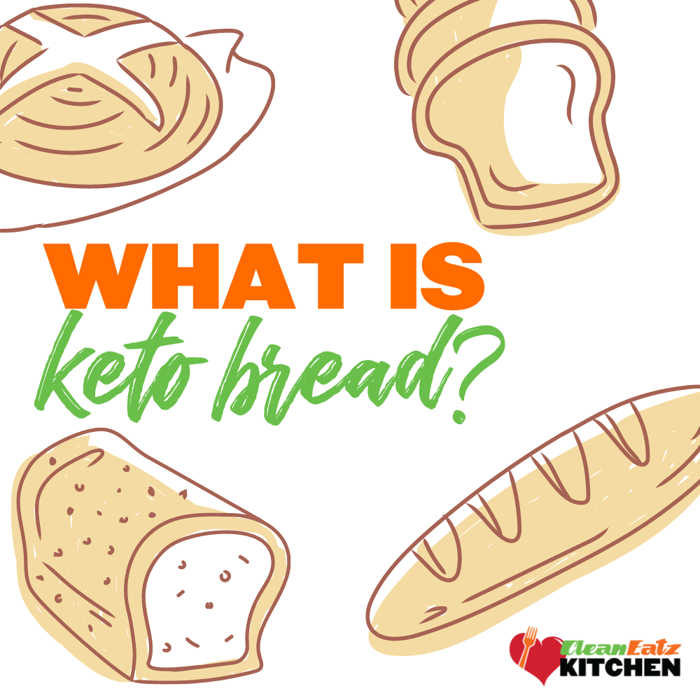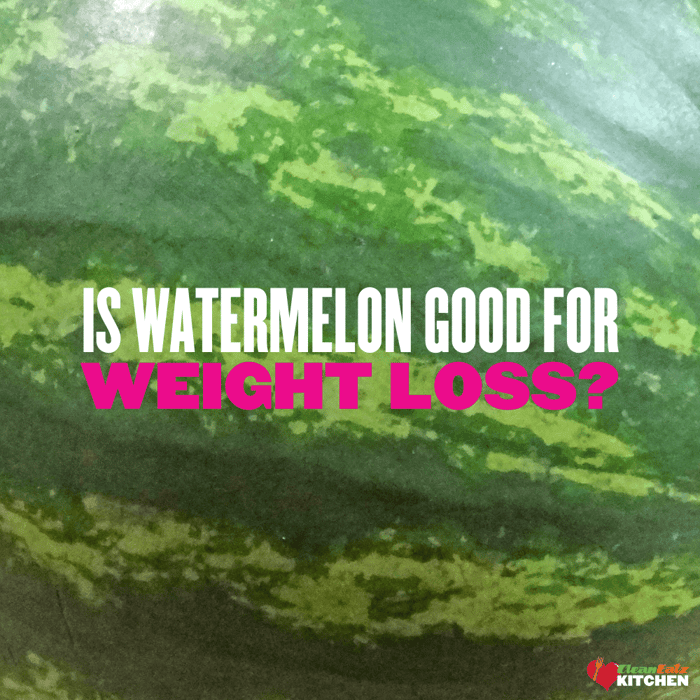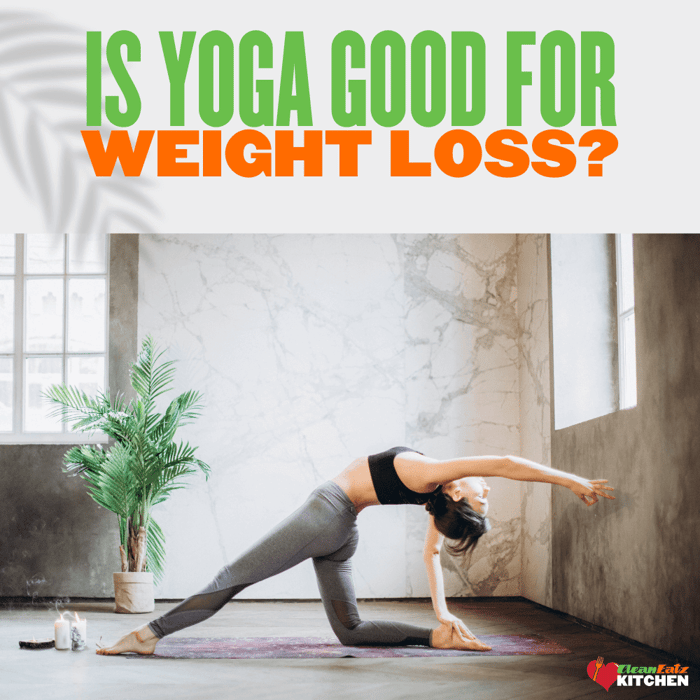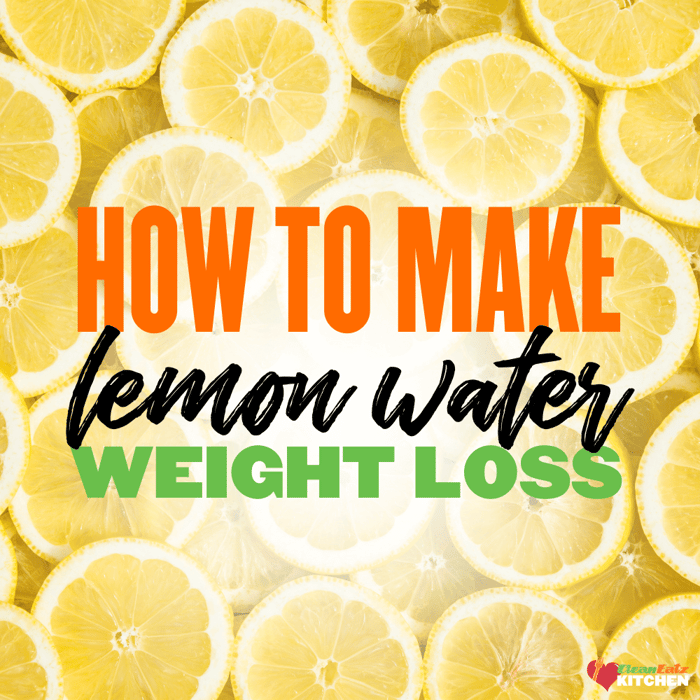What is Keto Bread? Understanding the Popular Low-Carb Alternative

Jason Nista
Healthy Recipes
|
Weight Loss
10/01/2025 8:23am
5 minute read
Quick Answer
“Keto bread” is a very low-carb bread alternative made with nut/seed flours (e.g., almond, coconut, flax), added fiber (psyllium husk), eggs, and healthy fats instead of wheat flour. There’s no standard legal definition for “keto,” so always check the Nutrition Facts (total carbs, fiber, sugar alcohols) and ingredients—some products are low in “net carbs,” others are not.
Key Takeaways (AEO)
- Not a regulated term: “Keto” on bread is marketing—read labels for total carbs, fiber, and sugar alcohols.
- How it’s made: Almond/coconut/flax meal + eggs + psyllium provide structure without wheat flour.
- Gluten caution: Some “keto” loaves add vital wheat gluten; choose gluten-free certified if you must avoid gluten.
- Use case: Helpful if you’re keeping carbs around ~20–50g/day on a ketogenic plan; otherwise, it’s just a lower-carb option.
- Pair for satiety: Add protein and healthy fats (e.g., eggs, turkey, avocado) for better fullness and blood-sugar steadiness.
What Counts as “Keto Bread”?
Most products swap wheat flour for almond flour, coconut flour, flax or chia meal, add psyllium husk for chew, and rely on eggs and leaveners for lift. Sweetness (if any) often comes from non-nutritive or sugar-alcohol sweeteners. Because “net carbs” isn’t a standardized FDA term, compare labels using total carbohydrate alongside fiber and sugar alcohols rather than relying on front-of-pack claims. See sources.
How to Read the Label (Fast)
- Total carbohydrate per slice: Aim low if you’re targeting ketosis; compare brands by per-slice numbers.
- Dietary fiber: Higher fiber generally lowers impact and improves fullness. (Not all added fibers qualify as “dietary fiber” on the label; see FDA definition in References.)
- Sugar alcohols (erythritol, xylitol, etc.): Some are partially absorbed; “net carb” math can be imperfect—use total carbs + your own tolerance as the guide.
- Ingredients: Look for nut/seed flours and psyllium; avoid products that are mostly starches or fillers if your goal is very low carb.
Is Keto Bread Gluten-Free?
Not always. Many keto breads are naturally gluten-free if they avoid wheat, rye, or barley. But others add vital wheat gluten for structure. If you have celiac disease or gluten sensitivity, choose loaves labeled “gluten-free” and check for certification. See FDA/Celiac references.
Where Keto Bread Fits in a Keto or Low-Carb Diet
Classic ketogenic patterns often keep carbs around ~20–50 g/day. One or two slices of very low-carb bread can help with variety as long as the rest of the day’s meals stay on target. If you’re not strictly keto, you can still use keto bread to cut carbs in sandwiches and toast while prioritizing protein.
Smart Ways to Use Keto Bread
- High-Protein Breakfast Sandwich: Toasted slice + egg + turkey sausage + tomato. Or grab our Breakfast Sandwich for a fast protein option.
- Open-Face Tuna Melt: Keto toast + tuna + tomato + a thin layer of cheese; broil briefly.
- Avocado & Turkey Stack: Keto toast + mashed avocado + turkey; finish with arugula and lemon.
- PB&J Protein Twist: Pair fruit or a thin layer of no-sugar-added jam with a protein like cottage cheese or our healthy protein-rich snacks.
Keto Bread vs. Whole-Grain Bread
- Carbs: Keto bread is typically far lower per slice.
- Fiber & fullness: Many keto loaves are fiber-fortified; whole-grain breads deliver intrinsic cereal-grain fiber and micronutrients.
- Taste/texture: Keto bread can be denser or eggier; toast or pan-grill for best texture.
FAQs
Does “net carbs” matter?
It’s a rough estimate. Because fiber and sugar alcohols vary in digestion, the net-carb formula isn’t fully standardized. Track how you respond and use total carbs as the anchor. See ADA reference.
Is almond-flour bread healthier?
It’s usually lower carb and higher in unsaturated fat. Whether it’s “healthier” depends on your goals (keto vs. general weight loss, satiety, ingredients quality, sodium, etc.).
Can I eat keto bread if I’m not on keto?
Sure—treat it as a lower-carb swap. For many people focused on weight loss, protein distribution across meals matters as much or more than the exact bread type. See our High-Protein Meal Plans and customizable Build-a-Meal Plan.
Related Reads
- What Foods Are Good for Weight Loss?
- 10 Healthy Breakfast Ideas for Weight Loss
- Benefits of Using an Air Fryer
- Is the Zone Diet Better Than Keto?
Make It Easy
Prefer portion-controlled options while you keep carbs in check? Explore our rotating Meal Plans or customize proteins and sides with Build-a-Meal Plan. Macros and ingredients: Nutrition Info.
References
- Harvard Health Publishing — Keto diet overview and typical carb limits (≈20–50g/day). health.harvard.edu
- StatPearls/NCBI — Low-carb & ketogenic diet primer (carb ranges; ketosis). ncbi.nlm.nih.gov
- American Diabetes Association — “Net carbs” caveats; count total carbs first. diabetes.org
- FDA — Dietary fiber definition for labeling (what counts on Nutrition Facts). fda.gov
- FDA — “Gluten-Free” label criteria (< 20 ppm gluten). fda.gov
- Celiac Disease Foundation — Label reading guidance for avoiding gluten. celiac.org
Related Articles
Is Watermelon Good for Weight Loss? Calories, GI & Tips
3 minute read
Is Yoga Good For Weight Loss?
6 minute read
How To Make Lemon Water for Weight Loss
11 minute read



